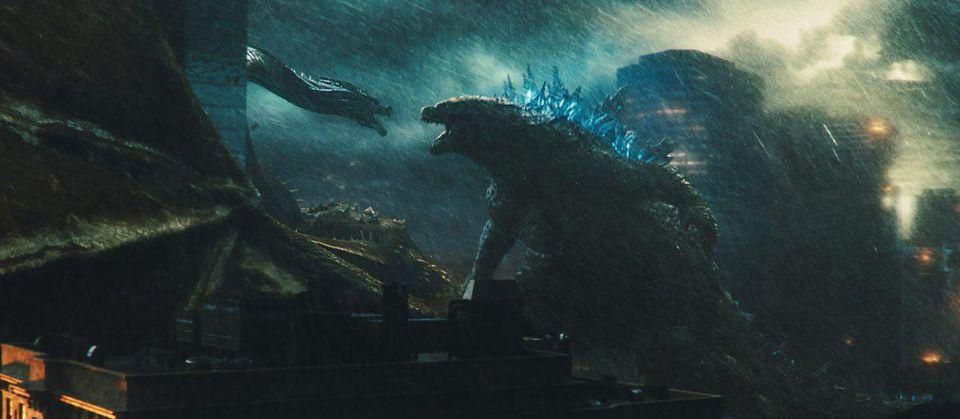The vast majority of kaiju movies suffer from the exact same, practically insurmountable problem; the human characters are incredibly dull, stealing valuable screen time away from their monstrous co-stars, the “Titans.”
This wouldn’t be a problem if the Titans were imbued with metaphorical undertones, but Godzilla: King Of The Monsters isn’t quite sure what the beasts really represent. Traditionally, kaiju tend to embody the apocalyptic threat of the A-bomb, their city-destroying conflicts exposing the hubris of man.
Peaceful Mothra embodied Japan, while King Ghidorah and Rodan were thought to represent the nuclear threat of China and the Soviet Union, respectively. As camp and corny as those ridiculous rubber-suited scraps were, they presented their kaiju as personifications of war, with tiny humans swept up in an epic catastrophe, beyond their understanding and control.
The beasts now echo the modern-day anxiety of climate change, but that environmentalist theme is inconsistent and confused, imbued with the horrors of war and terrorism, never quite managing to make a point.
The battle between Godzilla and the MUTO’s from Gareth Edwards’ 2014 Godzilla is re-examined in a harrowing flashback meant to echo a terrorist atrocity, the 9/11 of this universe, in much the same way that Batman v Superman viewed Superman’s battle with Zod.
In this story, terrorism and environmental activism are firmly entwined, the eco-activists proposing radical, murderous solutions, with the might of the military proving to be the real solution to humanity's problems.
On reflection, the underlying message of the story is deeply unpleasant; the pollution of the Earth is presented as a problem, but the real antagonist of the film is King Ghidorah, the foreign invader, revived by environmentalists and their short-sighted extremism. In order to take down the enemy, Godzilla requires a “power-up” from the army, in the form of a nuclear bomb.
The film depicts Earth as a crumbling hellscape, environmental activism as well-intended terrorism, but don’t worry - the military will always be there to bomb an alien invader into dust. That might be a hypercritical overanalysis of a movie in which two big lizards fight to the death, but without a strong metaphor, the kaijus have no place in pop culture beyond spectacle.
There’s a reason why the original Godzilla resonated so strongly, why the sentient A-bomb has persevered as an icon for so many decades. Without a semblance of meaning behind the beast’s apocalyptic battles, the emptiness of the human characters becomes a glaring issue, and the story fails to engage.
That being said, Godzilla: King Of The Monsters does provide some beautiful shots and epic battle scenes that would make any long-time kaiju enthusiastic ignore the flaws. The creature design is spectacular, especially King Ghidorah, a dragon more visually stunning than Daenerys Targaryen's triplets.
However, the film fails to highlight the sense of scale, the awe-inducing, godlike might of the monsters, favoring shaky close-ups that don’t do the wonderful creature designs justice.
Godzilla: King Of The Monsters has nothing interesting to say about the Titans, or the humans caught up in the chaos, but if you’re simply looking to see the classic kaiju redesigned, rendered in glorious CGI, you’ll likely be satisfied.

